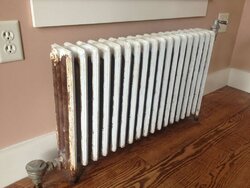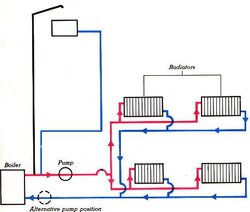- Jan 30, 2013
- 32
Hey all. Anyone here know of a plumber in the south eastern CT area that has some knowledge of gassers? I want to replace my steam heat and radiators with a biomass combo 40 with a backup propane burner. This would also mean replacing all radiators with hw baseboard.
Local plumber quoted me $17k to do the job. Thats with me providing the unit and doing all the demo. I think he was outside his comfort zone and didn't want the job. I'm more than capable as a helper to run the pex in the crawl space but I've never hooked up a boiler unit before so I'm alittle out of my comfort zone as well.
Thanks
Local plumber quoted me $17k to do the job. Thats with me providing the unit and doing all the demo. I think he was outside his comfort zone and didn't want the job. I'm more than capable as a helper to run the pex in the crawl space but I've never hooked up a boiler unit before so I'm alittle out of my comfort zone as well.
Thanks



